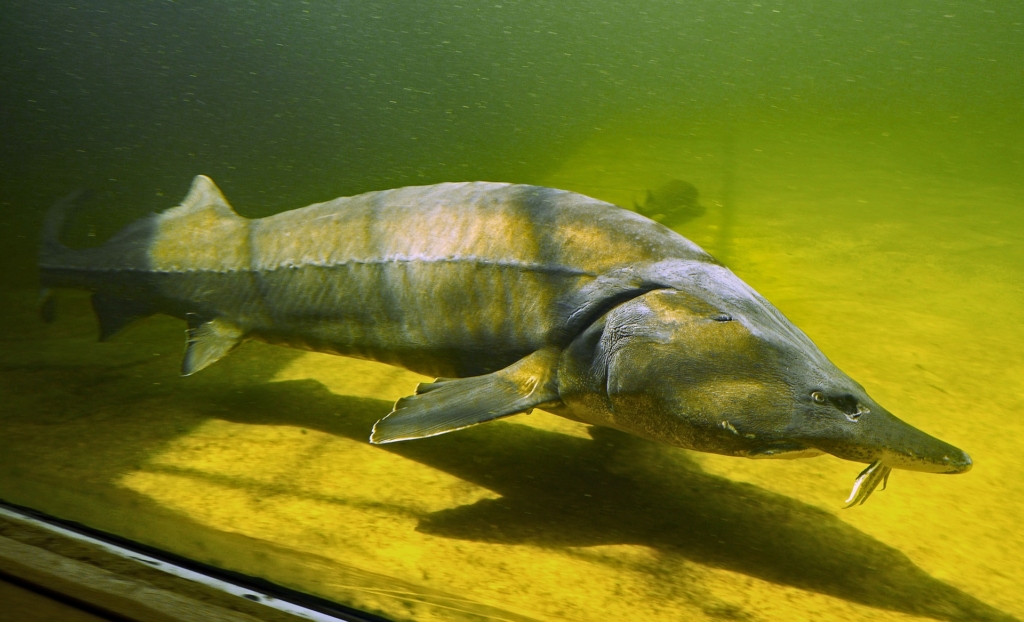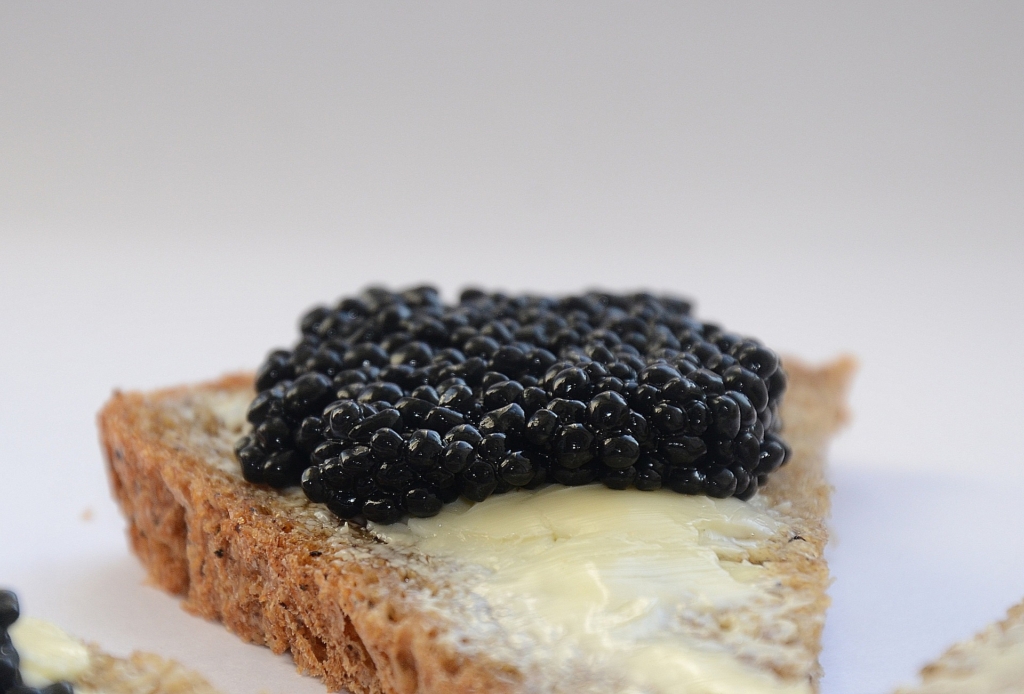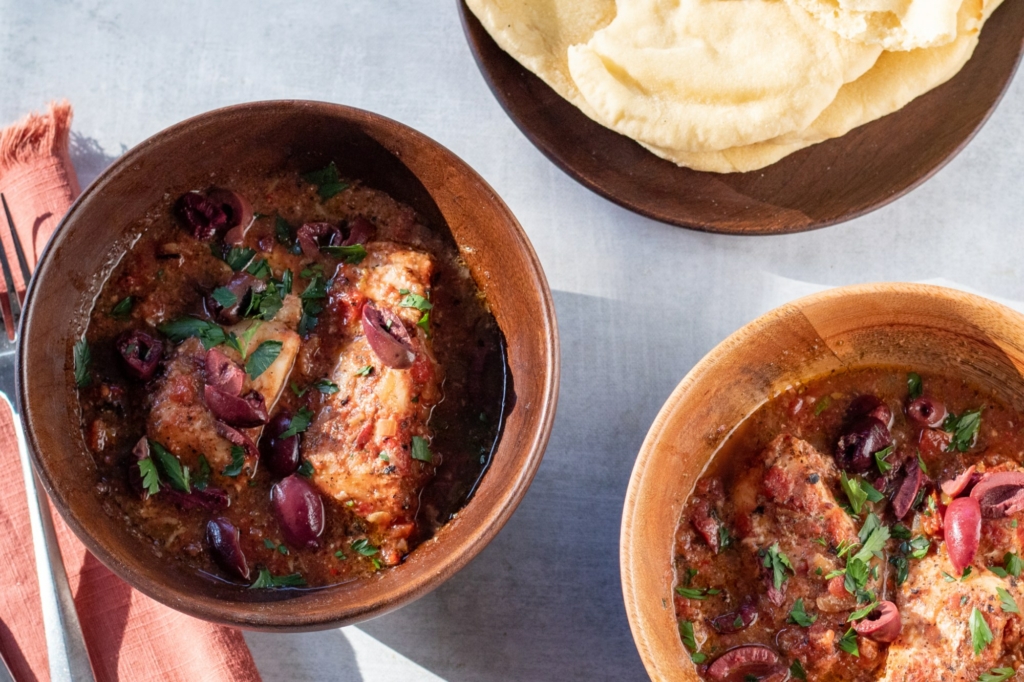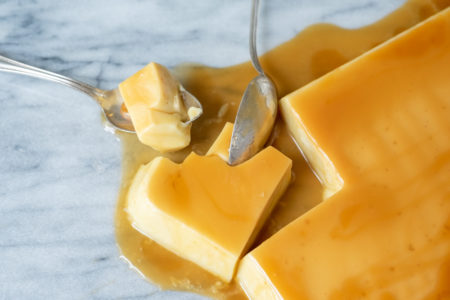Despite being classified as an endangered species by the International Union for Conservation of Nature and Natural Resources (IUCN), sturgeon is still eaten all over the world for its uniquely flavored flesh and caviar, especially in the United States, Russia, and the Ukraine, where they are also naturally found. Keep reading to discover more about this appealing seafood delicacy.
What are Sturgeons?
Sturgeon is a large, dark-colored fish that belongs to the Acipenseridae family of 27 species commonly found in the Atlantic and Pacific oceans. What’s interesting about sturgeons is that they have existed for over 200 million years and they have a lifespan of around 60 to 100 years.
Some people are scared because of how large the fish is that it might not be suitable for consumption. If you’ve ever thought sturgeons can’t be eaten then you may be in for a surprise! The white sturgeon, for example, can grow 20 feet long and weighs more than 1500 pounds.

While sturgeons live in oceanic waters, they ascend towards rivers for spawning in the spring or summer season. They feed on worms, clams, mussels, crayfish, shad, lamprey, and other dead fish. They have no teeth but simply a spiral valve digestive system that helps them absorb food and other nutrients.
What do Sturgeons taste like?
Sturgeon has a unique flavor and texture. It is not something you’ll encounter every day. The flavor of sturgeon varies depending on the variety. The farmed white sturgeon has a remarkable mild taste with a sweet flavor. Wild sturgeons have a strong fishy flavor that’s creamy, tangy, coupled with a very dense texture.
Sturgeon Caviar
Sturgeon is especially prized for its matured eggs, called caviar that are considered an exquisite delicacy all over the world. As sturgeons are late-maturing fishes, they only begin laying eggs until they’re 15 years old. On top of that, they only spawn in specific conditions and there’s no guarantee they’ll lay eggs every year, making caviar one of the most expensive delicacies.

Cooking With Sturgeon
Due to the endangered status of sturgeon, we only recommend eating farmed sturgeon. Sturgeons can be eaten raw, grilled, fried, poached, boiled, stuffed, and baked. Raw sturgeon has a raw and potent flavor that may put off some people. Nevertheless, if you enjoy dishes like ceviche, sashimi, and sushi, raw sturgeon will certainly appeal to your palate.
Sturgeon eaters love the strong taste of this fish and recommend marinating it with as few ingredients as possible, preferably, lemon, Worcestershire sauce, salt, and pepper seasoning. The marinated fish fillets are then sauteed or grilled, not more than 3 minutes per side to avoid the rubbery-textured flesh.

Another key to making a restaurant-style sturgeon is to first bake it for a long time followed by a quick grilling or frying to ensure the meat remains fluffy and tender. Or sturgeon can be sous vide using this guide which yields perfectly cooked fish.
Sturgeon is a great substitute for chicken because it has a similar texture to it. Moreover, some people like to stew sturgeon with hearty vegetables, and aromatic spices and herbs for that nutritious dripping sauce to pair with crusty pieces of bread. You can swap any of these delicious recipes with sturgeon for an extra punch of flavor:

Feature Image: Flickr user Edsel L ( CC BY-SA 2.0 )



